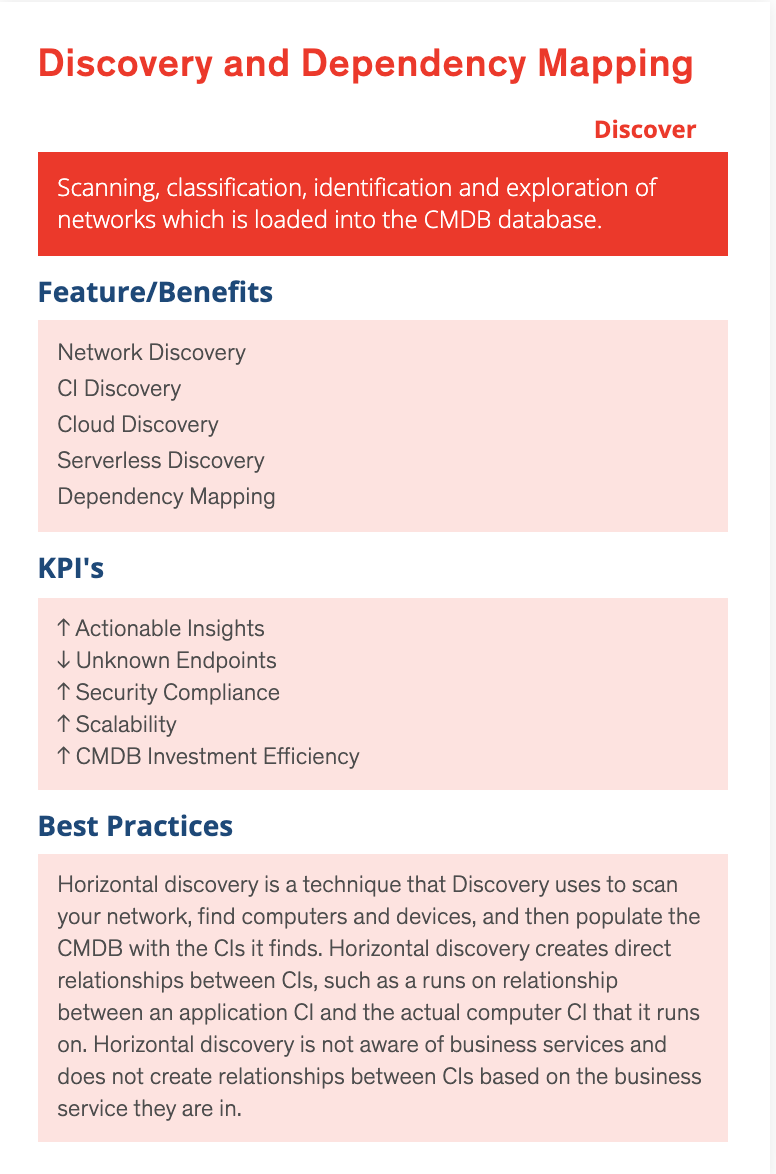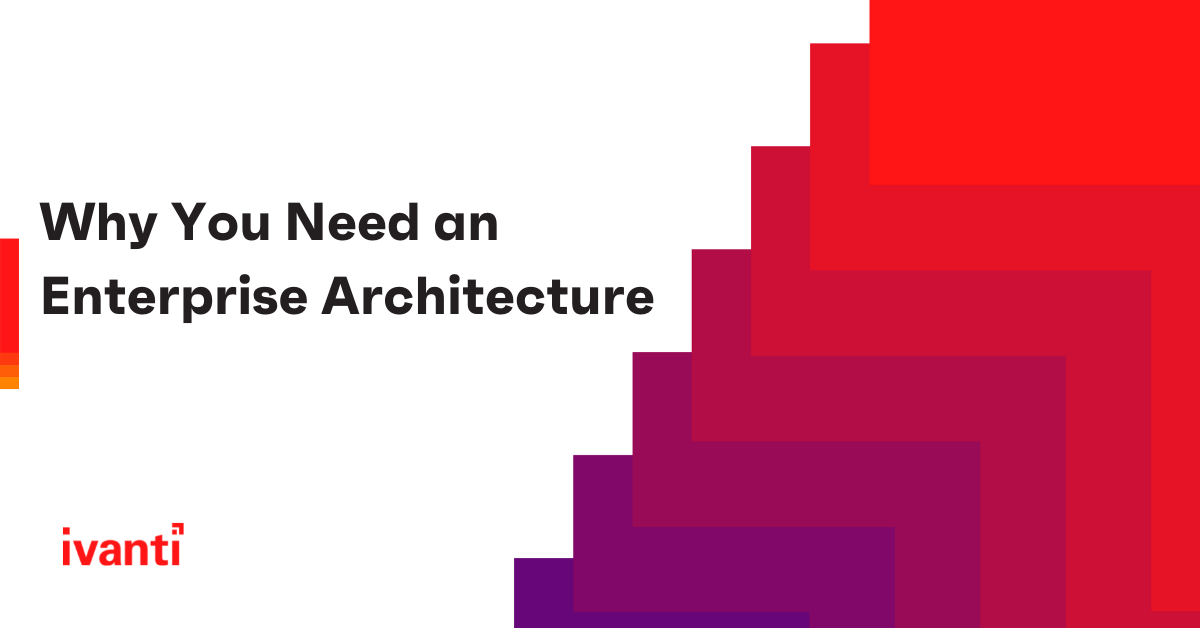Why You Need an Enterprise Architecture
Having an Enterprise Architecture practice is critical for three key reasons.
Data is a Shared Asset
Every business function needs data and often requires the same data, such as customer, transaction (history) device, end/touch point & employee. If each business function in your company is trying to solve their data challenges separately, your data will be silo’d, inaccurate and untrustworthy. Improving data architecture requires everyone to work together, agree on data owners, data stewards, data definitions, data security, et al. Enterprise Architecture should be actively engaged in the data coordination effort to facilitate optimal digital strategy and innovation.
Business Transformation
True digital transformation and subsequent innovation should be anchored on “experience” — employee, customer and partner experience. To create an amazing end-to-end experience, all business functions must work together and be aligned. One siloed business function cannot create an amazing end-to-end customer experience. Enterprise Architecture balances numerous business functions into an optimal matrix/tensor and thus is actively engaged in the comprehensive business transformation and shared data effort.
Heterogeneous Environments
Every IT group in business today is dealing with numerous technologies, numerous architectures and in many cases, synthesizing enterprise footprints across companies, product lines or even businesses that are actively acquiring other companies — Ivanti customer environments are heterogeneous. Enterprise Architecture is the group that is looking at the big picture, consolidating/simplifying systems, building common, reusable services that drive both strategy and innovation.
How do you shift the conversation to business capabilities?
The most important philosophical approach is talking primarily about business capabilities and not technology. A great Enterprise Architect has deep business acumen AND technical acumen. They are able to converse in business terms and continually bring the conversation back to business capabilities and objectives. Only after the appropriate business capabilities and company initiatives to achieve them are uncovered, does the technical side of translating them into technology features and solution architectures emerge.


The best way to understand business capabilities is to look at our ENVISION EA business capability maps, which span Ivanti’s ability to discover, secure, manage and service enterprise architectural networks and applications. We have received so much interest from both internal and external customers about how we use a business capability view, that we’ve published all of our business capability maps and made them available to the public.
Each business capability has a definition, features/benefits, key performance indicators and best practices as depicted below. Ivanti’s best of breed technology solutions are thus translated into the business capabilities transcending both for profit/shareholder value driven businesses and other entities without profit motives like public sector and philanthropic endeavors.

ENVISION EA and business capability approach allows us to change the conversation in powerful ways. For those of you who have already focused on business capabilities, you know that it creates a much more strategic conversation between business functions and IT.
Hopefully this gives you insight into how we do Enterprise Architecture at Ivanti, why Enterprise Architecture is critical in any company and why we use business capabilities as a way to create a more strategic dialogue between the business teams and IT.

